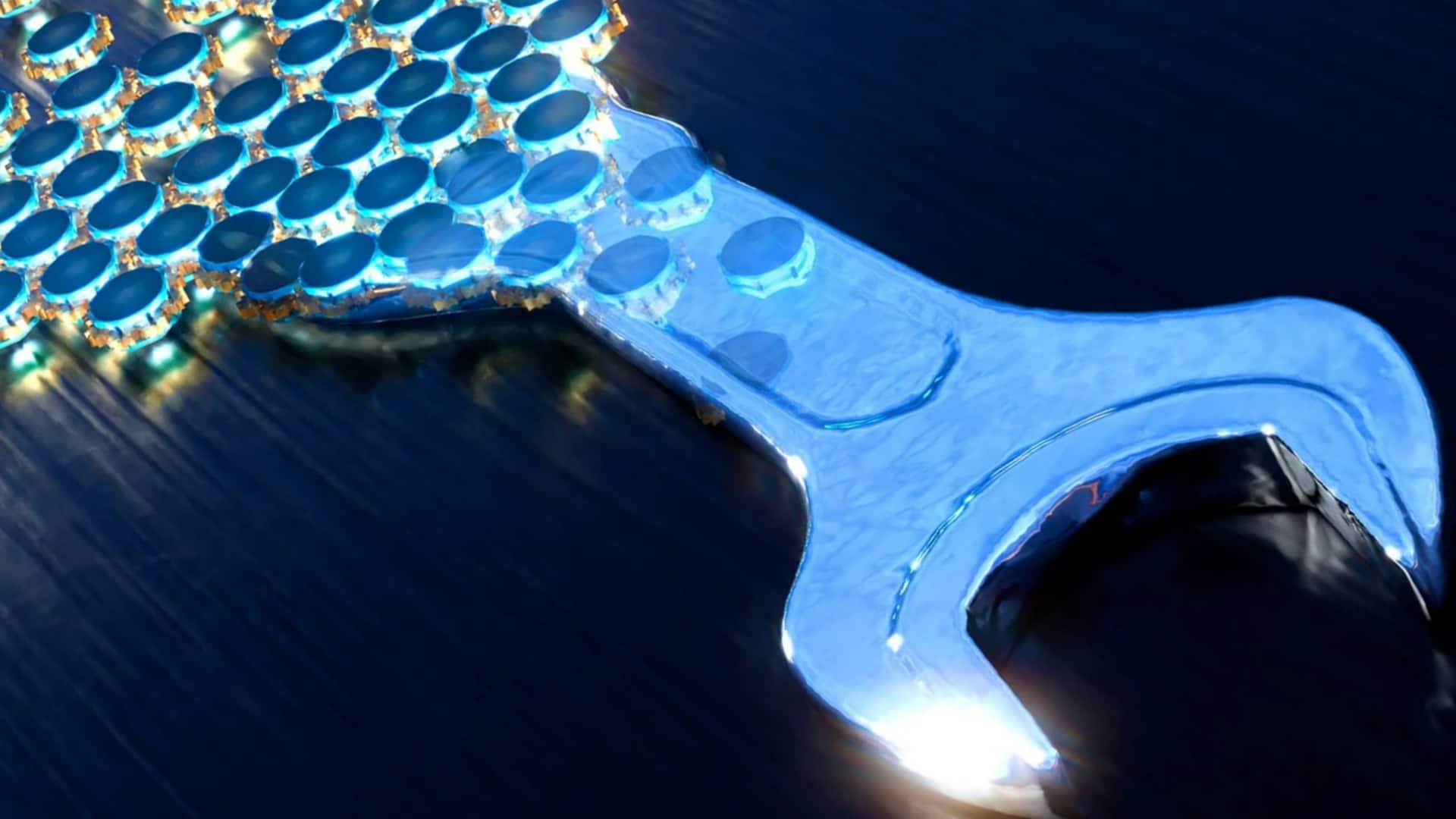
US researchers develop robots that can change shape, state
What's the story
In a major breakthrough, a team of researchers led by Matthew Devlin from UC Santa Barbara has developed small robots that can work in unison to change their shape and transition between solid and fluid-like states. The concept, which sounds a lot like the T-1000 robotic assassin from Terminator 2, was detailed in a paper published recently in Science journal. The team took inspiration from embryonic tissues to design these robots.
Advanced features
Robots equipped with motorized gears, magnets, photodetectors
The robots come with motorized gears for movement in the swarm. They also have magnets for attachment and photodetectors for receiving instructions from a flashlight with a polarization filter. However, despite all this, Otger Campas, a professor at the Max Planck Institute of Molecular Biology and Genetics told Ars Technica that reality is still "far from the Terminator thing," meaning there's still a long way to go in terms of size and power.
Future prospects
Miniaturization and power enhancement are future goals
The current models of these robots are slightly larger than 5cm in diameter. However, the team hopes to shrink them down to 1-2cm or even smaller in future iterations. Boosting their power capabilities is also a major goal for the researchers going forward. This will bring them closer to achieving their vision of "cohesive collectives of robotic units that can arrange into virtually any form with any physical properties."